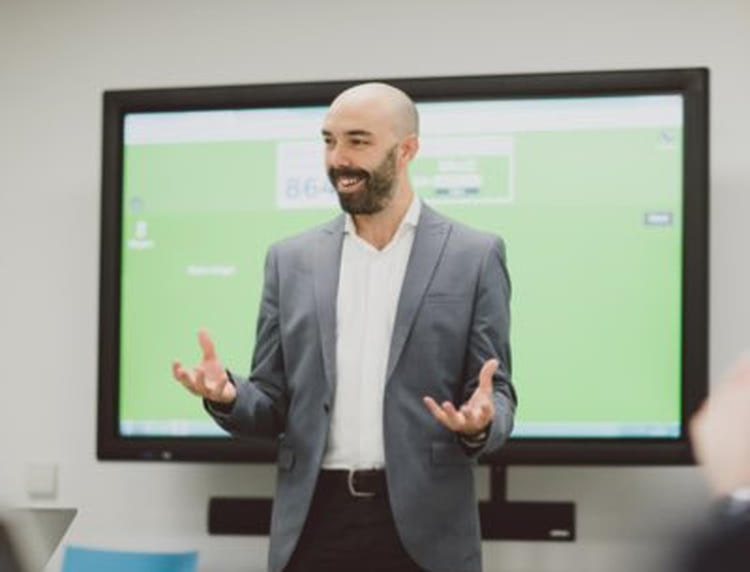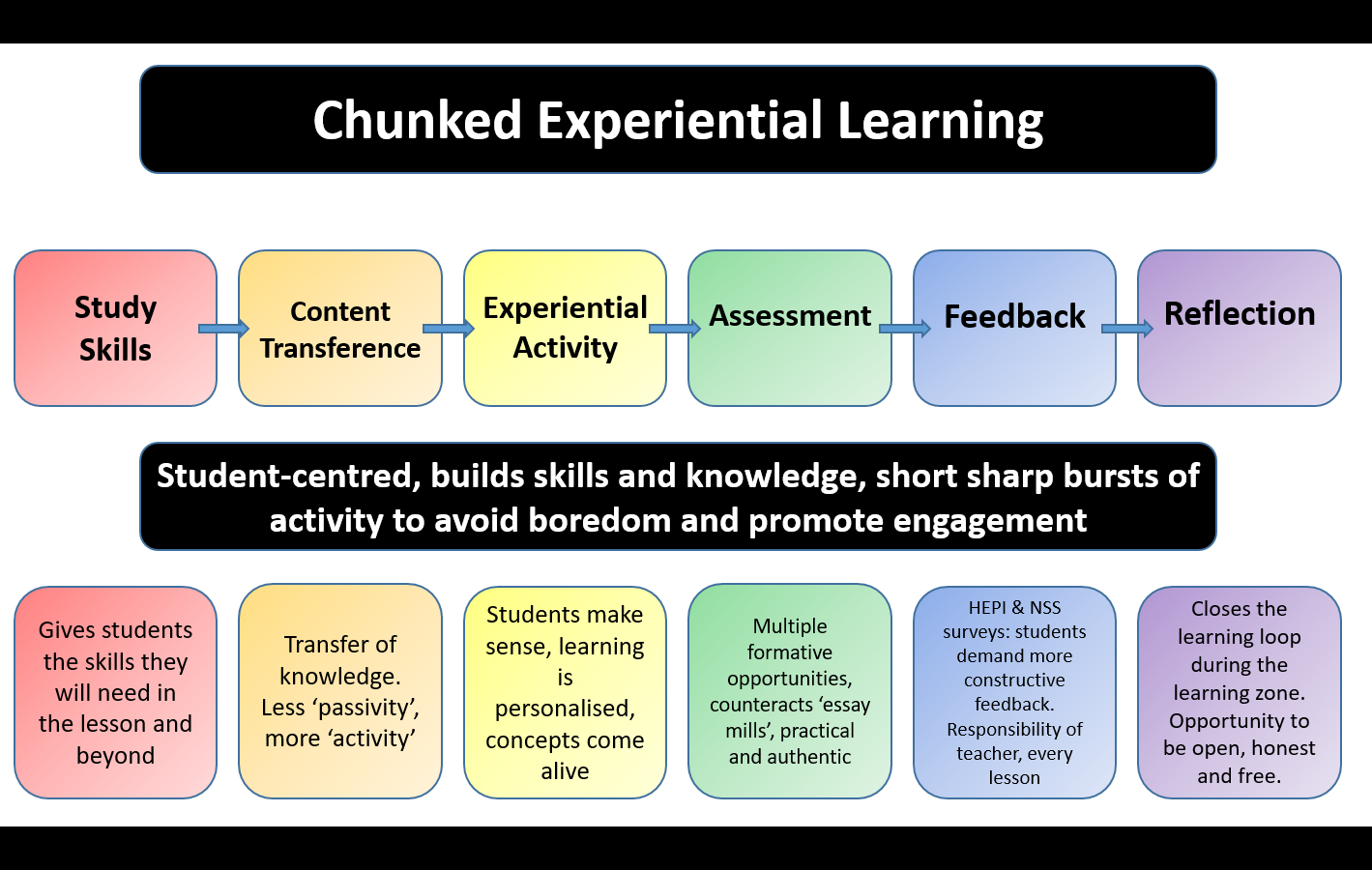A Holistic Pedagogy to Widen Participation and Build Learner Engagement

More students in the pipeline than ever before
The population of 18-year-olds in the UK is set to rise drastically by 2030. This will create a number of limiting factors for universities and colleges.
However, the issue of grade requirements might philosophically test institutions.
If they open their doors to admit those who might previously have struggled to be awarded a place in HE, then institutions will need to focus upon the needs of demographically diverse learners.
The OfS call to Widen Participation
The OfS has set ambitious HE targets; to eliminate the unexplained gap in non-continuation between most and least represented groups by 2024-25, and to eliminate the absolute gap by 2030-31; to eliminate the unexplained gap in degree outcomes (1sts or 2:1s) between white students and black students by 2024-25, and to eliminate the absolute gap by 2030. This, in essence, must necessitate wider access opportunities.
Children from low-income families are less than 50% as likely to go to University as those from ‘better off’ families, only 1 child in 8 from a low income family will become a high earner themselves and there remains huge earnings disparities between those from advantaged backgrounds (who are earning, on average, £30k, 5 years after graduation) and those from disadvantaged backgrounds (£22k, 5 years after graduation).
Additionally, and perhaps more worryingly for the OfS targets is the fact that part-time student numbers dropped by 47% in the five years between 2011 and 2016. This hurts students from non-traditional backgrounds greatly.
Under-represented groups, such as returners to education, carers and people from impoverished backgrounds find HE success an unattainable goal. They might be single-parent families, might not speak English as a first language or they may simply be from a black or minority ethnic background – all of these ‘non-traditional’ learners are underrepresented in the HE system.
We have a duty to create opportunities and to grant them the potential to succeed. However, simply opening the doors of institutions has not worked. Most Universities and Colleges have plans to widen participation for these groups, but, as we have seen, students who enrol in HE courses don’t necessarily graduate.
But is the curriculum fit for purpose?
Core content curriculum must be fit for purpose. This means wider access, improved success rates and greater employability – all of which is in the hands of the educators.
The necessary widening of participation broadens the diversity of the student body at most institutions. Thus, there is a need to create varied touchpoints of learning for a range of learners.
Universities must show students how to make connections across different types of engagement opportunities, rather than simply leaving this to chance and hoping that a student will have the required self-motivation levels in order to drive themselves towards success.
These new engagement methods are required to reflect a more heterogeneous student body and institutions cannot simply sit on their laurels when they hit WP admission targets. In order to serve the learners well, an engaging pedagogy must be developed; one which can be engaging and effective for all.
‘Chunked Experiential Learning’
A recently designed pedagogic methodology, which delivers a unique learning experience for non-traditional students has been created – Chunked Experiential Learning.
This holistic education encompasses six ‘chunks’ of learning, which are multi-faceted to ensure both knowledge and skills are developed progressively throughout the student journey.

In every lesson taught, students go through six distinct chunks of learning, each one lasting approximately 30 minutes – to combat boredom and to enhance engagement.
Those six chunks include:
- Study skills at the start of each session. Mature students and those from widening participation backgrounds are often able to demonstrate ‘real-world understanding’ of a topic, though they may require some guidance on how to formally learn.
- Following this the learners go through a chunk of content transference, which makes the most appropriate use of a lecturer’s knowledge without subjecting the student to a long, didactic lecture.
- Thirdly, experiential learning is utilised in order to build skills, confidence and real-world capabilities,
- which is then assessed through a variety of methods, particularly ‘live assessments’ which can lead the fight against academic malpractice and essay mills whilst allowing a more authentic demonstration of knowledge.
- Students are then given deliberate feedback to ensure they understand what is needed to show improvement for the next session. This feedback occurs within the lesson, face-to-face and promotes open dialogue and trust-inducing relationships between students and teachers prior to the final ‘chunk’;
- Reflection, which builds personalised, contextual learning and rapport within the classroom.
Providing success for diverse student bodies will be key
The methodology has, thus far, proven to be entirely efficacious with assessment submission rates increasing by up to 32% and pass rates increasing by up to 42% in some modules at St Patrick’s College. Additionally, student satisfaction rates have risen across the college for those students whom were taught through this methodology..
The Office for Students has delivered a core mandate to institutions to widen participation – the challenge now is for universities and colleges to ensure that previously marginalized students don’t get left behind.
They ought not to be merely an agenda to be fulfilled, or a target to achieve, but an opportunity for educators to enrich the student experience through ethnicity and diversity and to create well-prepared graduates with ‘real world’ experience to enter the workplace.
Rod Brazier, Vice Principal – Teaching Excellence and Student Success, St Patrick’s College London











Responses